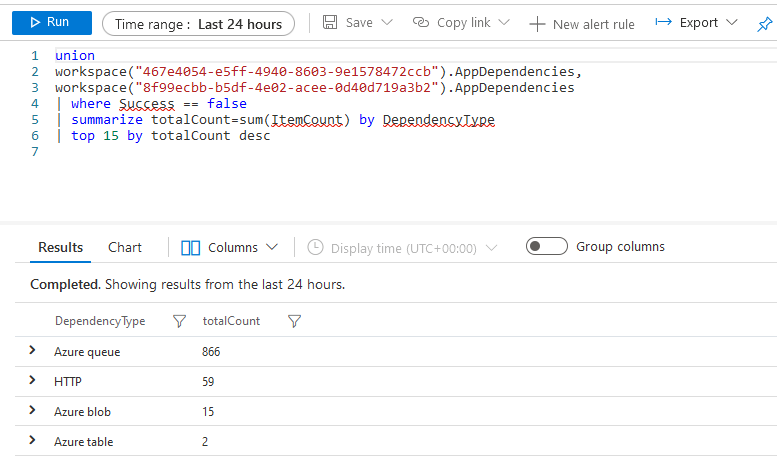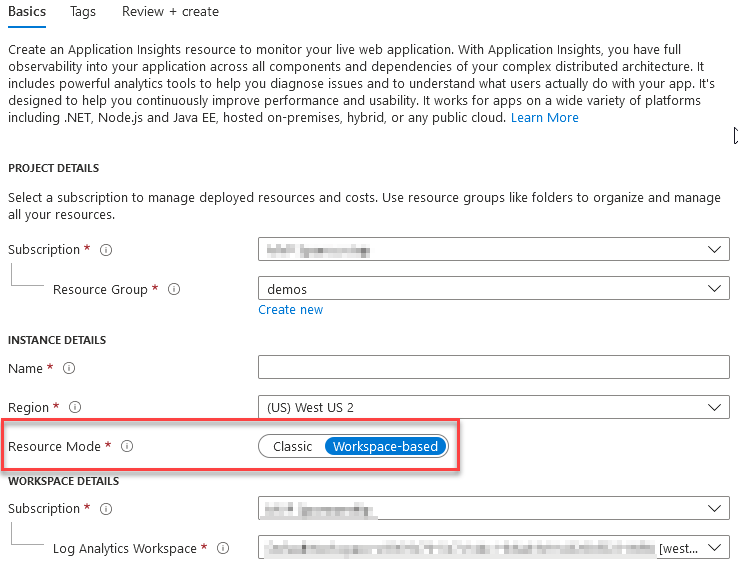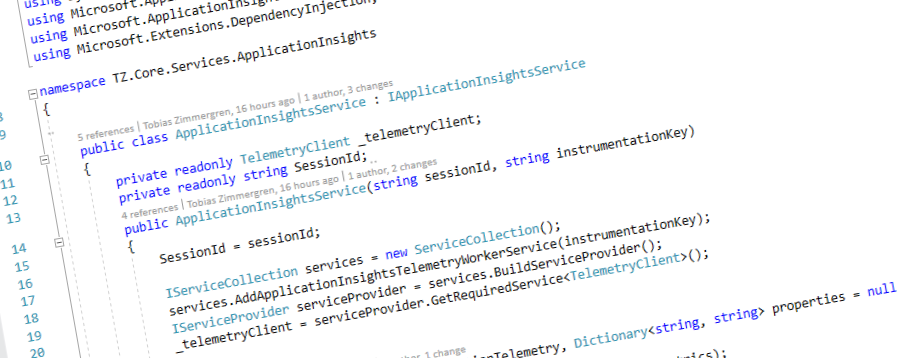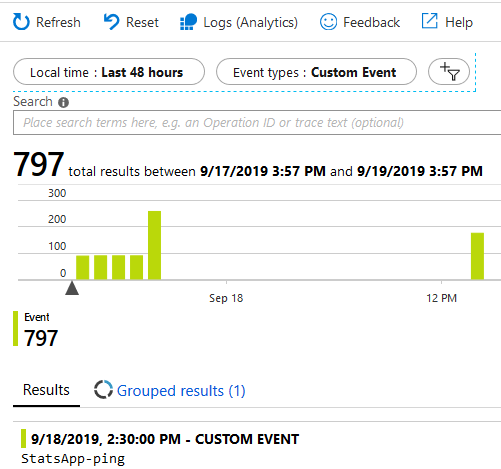Application Insights

Querying data from multiple Application Insights instances Paid Members Public
Getting insights into the resources we operate is a crucial part of understanding where we need to improve and what works well. In reality, the insights and telemetry we gather exist in various regions and datacenters. Data sits in multiple subscriptions and different resource groups - even the same application

Upgrade Application Insights to Workspace-based Resource Mode from Classic Paid Members Public
Recently, Microsoft introduced a new option when creating Application Insight instances. A selection to help us choose between the Classic approach, or the modern Workspace-based mode. In the Azure Portal, it can look like this when we create a new Application Insights today: Select the Resource Mode of Application insights

Use Application Insights for Worker Service applications in .NET Core console apps, containers, and any non-HTTP apps Paid Members Public
Relying on Application Insights [https://docs.microsoft.com/en-us/azure/azure-monitor/app/app-insights-overview] to provide great data has always been a core component of anything I create. Recently, I upgraded my projects to .NET Core 3.1 [https://dotnet.microsoft.com/download/dotnet-core/3.1], and in few cases I

Send health pings from your Azure Function applications to ensure Scheduled triggers work as expected Paid Members Public
Sometimes the Scheduled trigger for Azure Functions does not fire, and we'll need to ensure we can monitor our systems accordingly to keep track of, and troubleshoot when this happens. In this post I'll walk through the required steps for two various monitoring options using Application Insights.

Retrieve logs from Application Insights programmatically with .NET Core (C#) Paid Members Public
When working with Azure's Application Insights, there's some times where I would've wanted to quickly and programmatically export specific events, search the logs or otherwise pull some data out based on dynamic metrics of applications or monitoring solutions I've set up. In





Recent comments